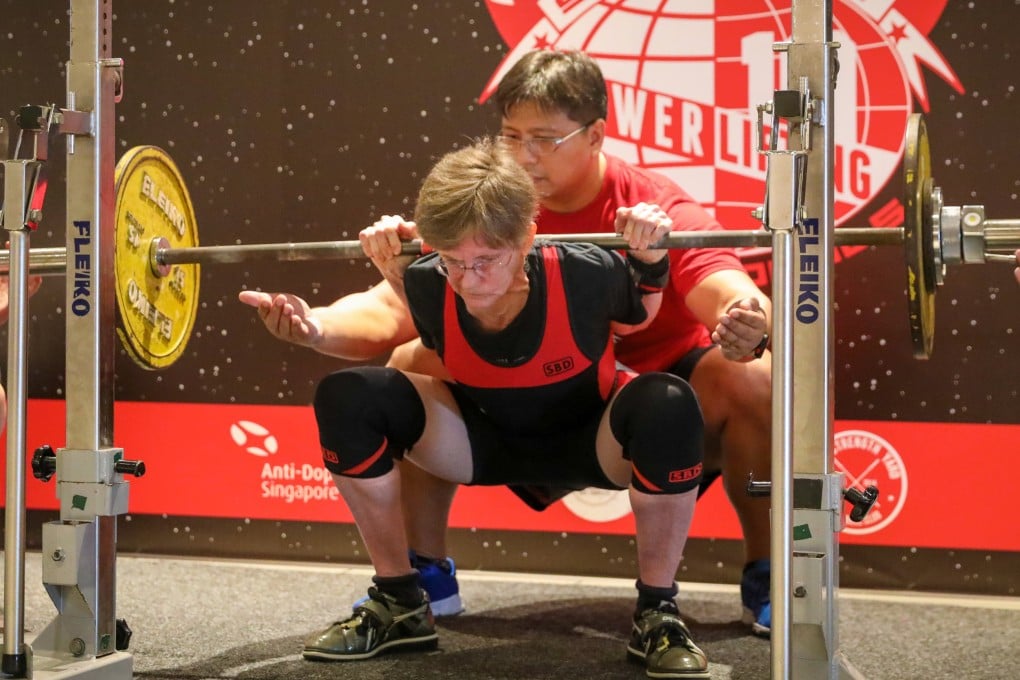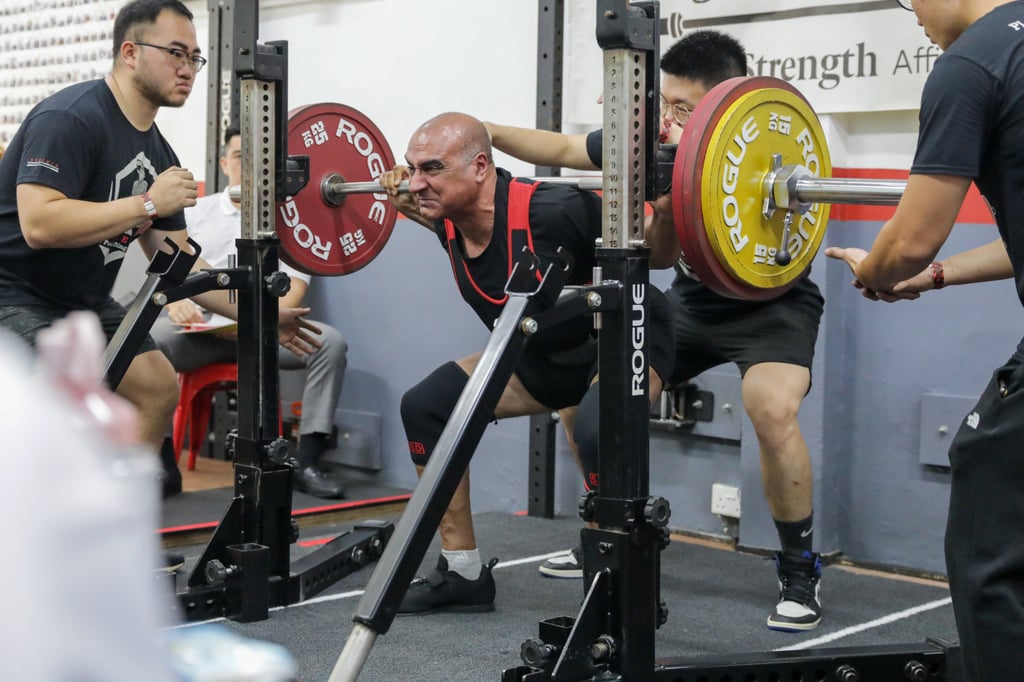How weightlifting helped 2 older Singaporeans end back pain and build stronger bones
He was 52 and had endless back pain; she was 62 and had osteoporosis. Weightlifting increased their bone density. Now both do powerlifting

Raj Grover had suffered from debilitating back pain for a decade when, seven years ago, at the age of 52, he hit upon a surprising remedy: lifting weights.
The human resources manager, who lives in Singapore, had tried other pain relief methods without success. Then he read the book Starting Strength, by American strength training coach and former powerlifter Mark Rippetoe, that suggested increasing body strength could help combat pain.
That was when Grover decided to give barbell training a go. And he was impressed by the results: within six weeks, his back pain was gone.
“My only goal when I started was to reduce my back pain, but because of the profound positive impact on my overall well-being, I’ve continued to do it,” Grover says. “It’s made me stronger, my bone density has increased, my posture is better, and all my health markers are in the positive range.”

Grover trains up to three times a week and also plays football regularly, which helps him stay in shape.
